The evolution of sonata form during the Classical period represents one of the most significant developments in Western art music. Emerging as a structural framework for instrumental compositions, it laid the foundation for much of the symphonic, chamber, and solo repertoire that followed. The form's journey from its nascent stages to its mature expression reflects broader shifts in musical aesthetics, performance practices, and societal expectations of the time.
In the early decades of the 18th century, what would later crystallize as sonata form existed in a more fluid state. Composers like Domenico Scarlatti and C.P.E. Bach experimented with binary structures that contained the seeds of tonal opposition and thematic development. These works often featured a clear division into two repeated sections, with the first establishing a tonic-key theme before modulating to a dominant or relative major. The second section would then explore contrasting material before returning to the opening key. This basic architecture provided the scaffolding upon which later composers would build more sophisticated structures.
The mid-century works of Johann Stamitz and the Mannheim school demonstrated crucial innovations in thematic treatment and orchestral writing. Their symphonies began exhibiting clearer differentiation between primary and secondary thematic material, with transitional passages that created purposeful momentum toward cadential points. The Mannheim composers' famous "rocket themes" - rapidly ascending arpeggiated figures - became early examples of how motivic material could generate both energy and structural coherence across large formal spans.
Haydn's contributions to the form's development cannot be overstated. Through his extensive output of symphonies and string quartets, he refined the relationship between thematic exposition and development. His works from the 1760s onward show increasing sophistication in manipulating small motivic cells, often deriving entire movements from very concise initial ideas. The so-called "Sturm und Drang" period in Haydn's output particularly demonstrates how dramatic intensity could be achieved within the sonata framework through unexpected harmonic shifts and rhythmic dislocations.
Mozart brought a different sensibility to sonata form, combining Haydn's structural ingenuity with unparalleled melodic invention. His mature concertos and symphonies exhibit secondary themes of remarkable lyrical distinction, often contrasting sharply with more assertive opening material. The piano concertos K. 466 in D minor and K. 488 in A major exemplify Mozart's ability to balance formal rigor with expressive freedom, particularly in the expanded orchestral expositions that became a hallmark of his concerto form.
The late Classical period saw Beethoven pushing the boundaries of sonata form to unprecedented levels of complexity and emotional range. From his early piano sonatas that still bore clear traces of Haydn's influence, to the revolutionary works of his middle period like the "Eroica" Symphony, Beethoven expanded every dimension of the form. His development sections became more extensive and harmonically adventurous, while codas grew from brief concluding gestures to substantial sections containing important thematic transformations.
Structural innovations during this period often reflected changing performance contexts and instrument capabilities. The rise of public concerts necessitated forms that could maintain audience attention across longer time spans, while improvements in piano construction enabled more dynamic contrasts and technical display. The expansion of sonata form's development sections provided opportunities for virtuosic elaboration, particularly in solo and chamber works.
Theoretical understanding of sonata form lagged behind its practical development. While composers intuitively grasped its principles, the first detailed descriptions only appeared in the early 19th century with theorists like Adolf Bernhard Marx. This post facto codification has sometimes led to an overly rigid view of what was actually a flexible and evolving set of practices. Close analysis of Classical-era works reveals numerous exceptions to textbook sonata form models, reminding us that composers prized musical effectiveness over schematic conformity.
By the turn of the 19th century, sonata form had achieved a position of dominance in serious instrumental composition that would persist through the Romantic era. Its capacity to organize musical time through tonal drama and thematic development proved endlessly adaptable to changing stylistic preferences. The Classical period's formal innovations established compositional concerns - tension between unity and variety, balance between repetition and contrast - that would occupy composers for generations to come.
Examining specific works reveals how individual composers personalized the form. Haydn's Symphony No. 104 ("London") demonstrates his characteristic wit through unexpected pauses and harmonic surprises within a clearly articulated structure. Mozart's Symphony No. 40 in G minor shows how chromatic inflection could heighten the emotional impact of sonata procedures. Beethoven's "Appassionata" Sonata illustrates the dramatic potential of obsessive motivic development across all sections of the form.
The legacy of Classical sonata form extends far beyond its historical period. While later composers would modify its proportions and harmonic language, the fundamental principles of statement, departure, and return - whether literal or psychological - remain central to Western musical thought. The form's evolution during the Classical era represents not just a technical achievement, but the crystallization of an entire worldview that valued both structural clarity and expressive depth.
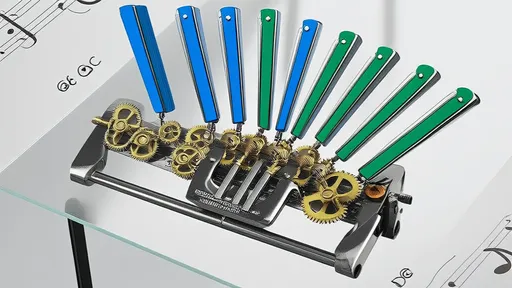
By /Jul 25, 2025

By /Jul 25, 2025
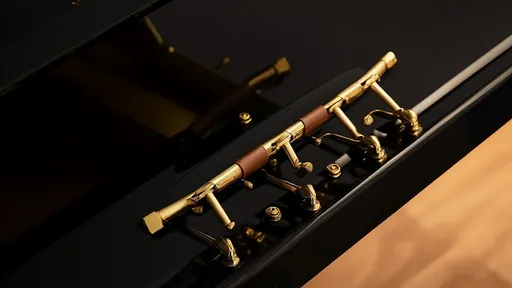
By /Jul 25, 2025
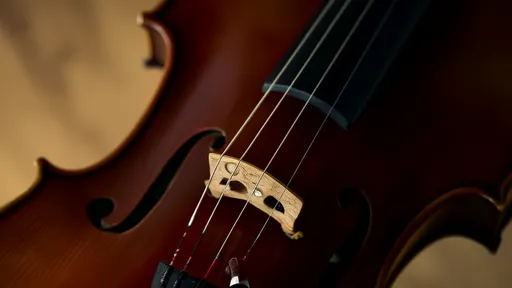
By /Jul 25, 2025

By /Jul 25, 2025

By /Jul 25, 2025

By /Jul 25, 2025
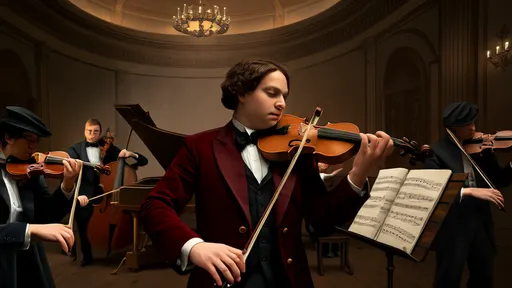
By /Jul 25, 2025
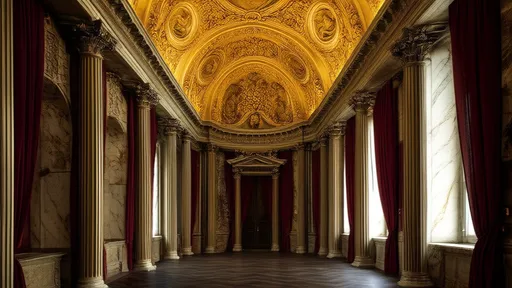
By /Jul 25, 2025
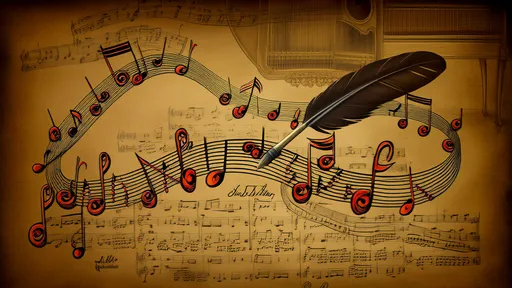
By /Jul 25, 2025
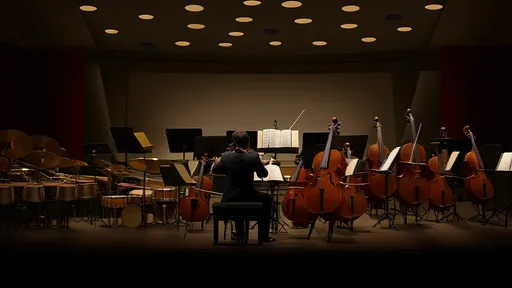
By /Jul 25, 2025

By /Jul 25, 2025
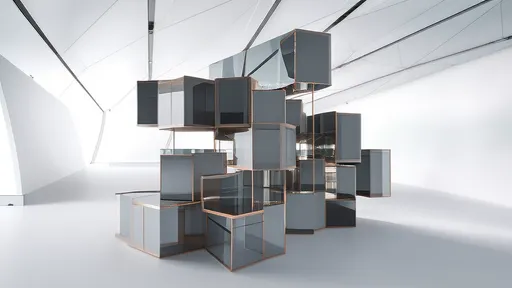
By /Jul 25, 2025
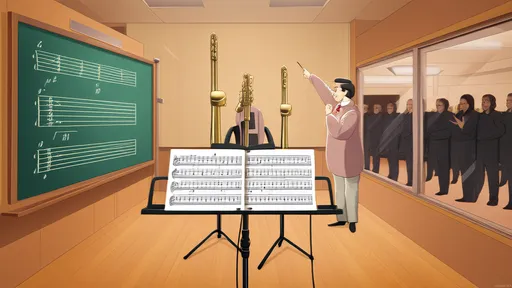
By /Jul 25, 2025
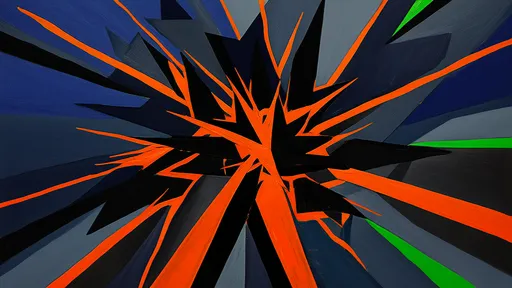
By /Jul 25, 2025
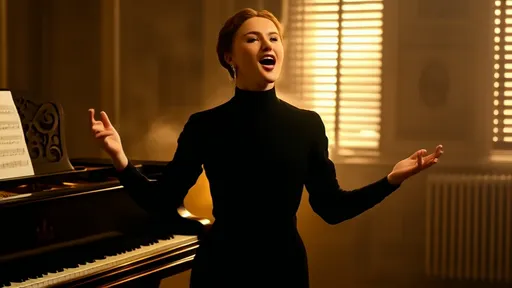
By /Jul 25, 2025
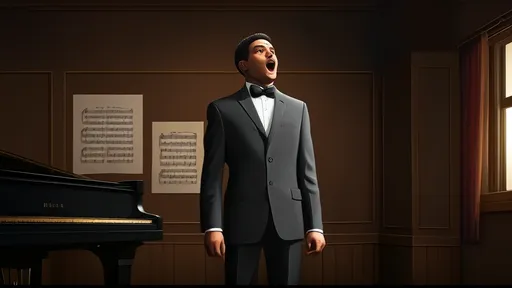
By /Jul 25, 2025
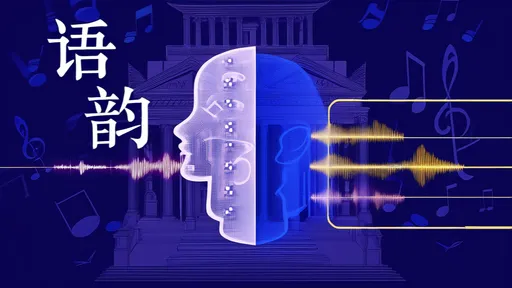
By /Jul 25, 2025

By /Jul 25, 2025
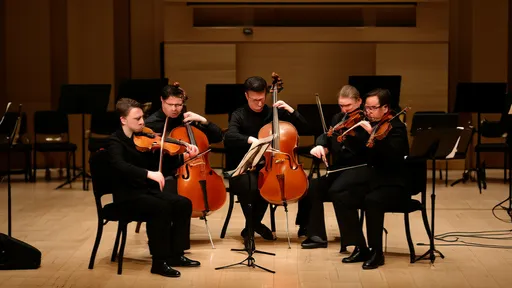
By /Jul 25, 2025